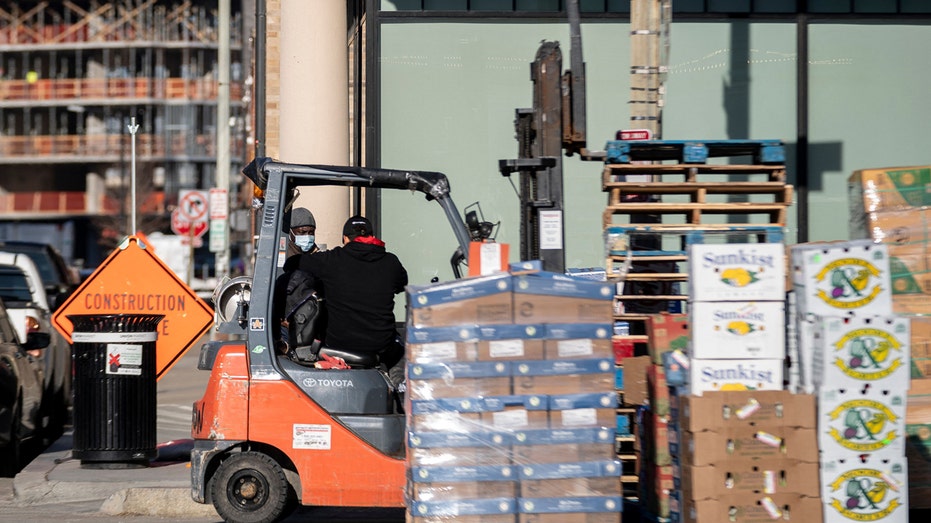Is the US economy on the brink of recession? Fed GDP tracker says yes
Fed GDP tracker shows US economy teetering on brink of downturn
No doubt risk of recession increased for 2023: Former Chase chief economist
Former Chase chief economist Anthony Chan argues the question right now is whether an upcoming recession will be major or minor given the inconclusiveness of the data.
Wall Street is on the alert for signs of a looming economic recession as the Federal Reserve tries to tame the hottest inflation in nearly four decades – and one gauge indicated this week that a downturn could be on the horizon.
A closely followed measurement from the Atlanta Federal Reserve Bank suggests the economy could be headed for a second-quarter decline in gross domestic product, the broadest measure of goods and services produced in a country. The GDPNow tracker shows the economy grew at an annualized pace of just 0.9% in the spring, a steep decline from its previous estimate of 1.3% on June 1.
HOW THE FEDERAL RESERVE MISSED THE MARK ON SURGING INFLATION
Recessions are technically defined by two consecutive quarters of negative economic growth and are characterized by high unemployment, low or negative GDP growth, falling income, and slowing retail sales, according to the National Bureau of Economic Research, which tracks downturns.

Workers unload shipments of food at Union Market in Washington, DC, on February 9, 2022. ((Photo by STEFANI REYNOLDS/AFP via Getty Images) / Getty Images)
Economic growth in the U.S. is already slowing: The Bureau of Labor Statistics reported last month that gross domestic product unexpectedly shrank in the first quarter of the year by 1.5%, marking the worst performance since the spring of 2020, when the economy was still deep in the throes of the COVID-induced recession.
Should the economy decline in the second quarter, it could meet the technical criteria for a recession – though the NBER, the official arbiter, may not confirm it immediately.
A growing number of economists and Wall Street firms, including Bank of America, Deutsche Bank and Wells Fargo, are forecasting the possibility of a recession within the next two years, as the Federal Reserve moves to aggressively tighten monetary policy in order to cool consumer demand and bring inflation back down to its 2% target.

In this Jan. 29, 2020 file photo, Federal Reserve Chair Jerome Powell pauses during a news conference in Washington. (AP Photo/Manuel Balce Ceneta, File / AP Newsroom)
The Fed is hoping to achieve the rarest of economic feats as it moves into full inflation-fighting mode: cooling consumer demand enough so that prices stop rising, without crushing it so much that it throws the country into a recession. Although Fed policymakers are counting on finding that elusive sweet spot — known as a soft landing — history shows that the U.S. central bank often struggles to successfully thread the needle between tightening policy and preserving economic growth.
The Fed already voted to lift the short-term interest rate by 50-basis points in May and has signaled that similarly sized hikes are on the table at upcoming meetings as inflation remains near a 40-year high. Hiking interest rates tends to create higher rates on consumer and business loans, which slows the economy by forcing employers to cut back on spending.
Fed Chairman Jerome Powell has echoed that sentiment in recent public forums and promised the Fed will raise rates as high as needed to cool prices, raising concerns of a central bank-induced recession.
GET FOX BUSINESS ON THE GO BY CLICKING HERE
"What we need to see is inflation coming down in a clear and convincing way and we’re going to keep pushing until we see that," he said last month during a Wall Street Journal live event. "If that involves moving past broadly understood levels of neutral we won’t hesitate at all to do that."





















